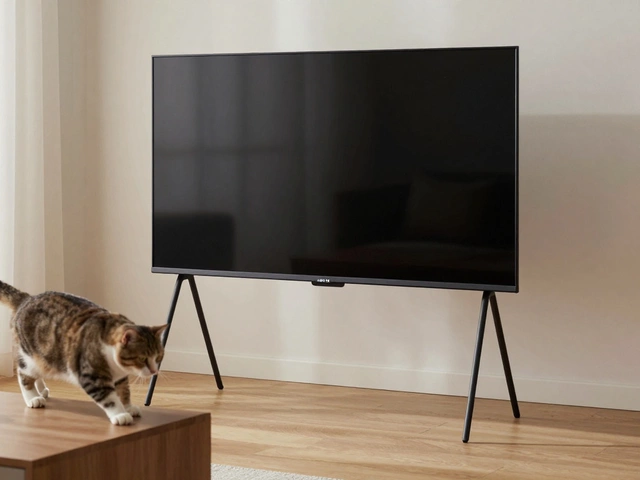Protect Furniture: Easy Ways to Keep Your Pieces Safe
Got a favorite sofa, a wooden table, or a set of cabinets you don’t want to see ruined? The good news is you don’t need a pricey specialist to keep them safe. With a few smart habits you can stop warping, mold, and pest damage before they start.
Store Smart, Not Hard
First thing’s first – where you store furniture matters a lot. If you have to keep a piece in a garage, basement, or a storage unit, pay attention to temperature and humidity. Wood loves a steady climate; big swings make it expand and shrink, which leads to cracks and warping. Aim for a space that stays around 60‑70°F with 40‑55% humidity. If you can’t control the climate, use a dehumidifier or silica packs inside the storage box.
Covering furniture with breathable covers (like cotton sheets) is better than plastic. Plastic traps moisture, which invites mold and mildew. For upholstered pieces, a light fabric cover keeps dust off without suffocating the fabric.
Fight Mold and Mildew Before They Move In
Mold is a silent enemy, especially for sofas and wooden items stored in damp places. Before you store anything, give it a good clean. Use a mix of water and a little white vinegar for wood, and a mild detergent for fabrics. Let everything dry completely – a fan can speed up the process.
If you suspect your storage area is humid, sprinkle baking soda in corners. It absorbs excess moisture and helps keep the air dry. For added protection, spray a light mist of a natural antifungal solution (like tea tree oil diluted in water) on wood surfaces. It smells fresh and won’t damage the finish.
When you pull furniture out of storage, inspect it right away. Look for any soft spots, discoloration, or a musty smell. If you spot mold, scrub the area with a solution of one part bleach to three parts water, then rinse and dry thoroughly. For fabric, a professional cleaning might be worth it if the mold is deep.
Another quick win is to keep furniture away from the floor. Use pallets, wooden blocks, or rubber mats to create a barrier from cold concrete. This helps prevent cold from seeping into the wood and causing cracks.
Lastly, remember that pests love hidden spots. Mice and insects can chew through wood and fabric. Place mint leaves or a few drops of peppermint oil around storage areas – they dislike the scent and tend to stay away.
By following these simple steps – controlling climate, using breathable covers, cleaning before storage, and adding a few natural protectors – you’ll extend the life of your furniture and keep it looking great for years.




